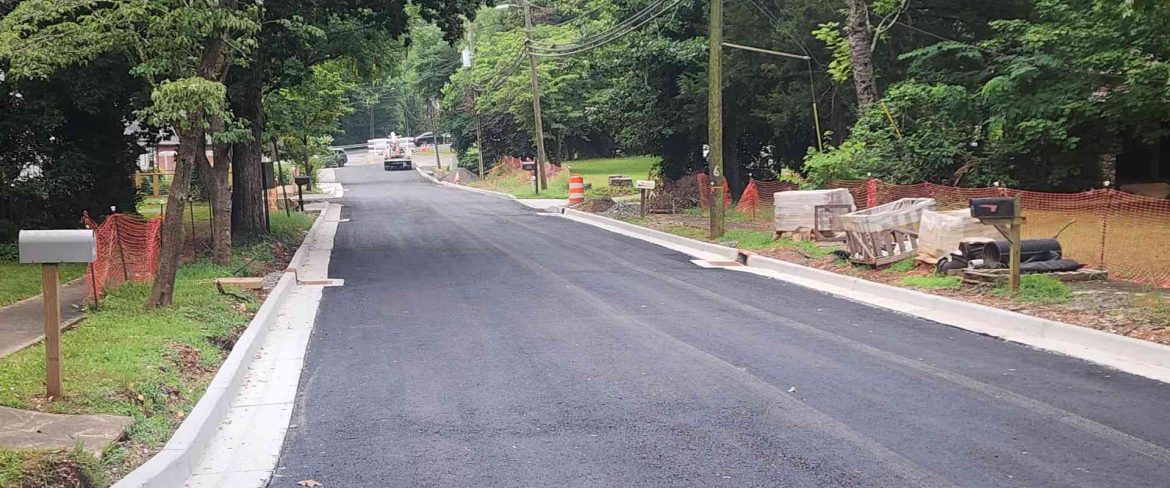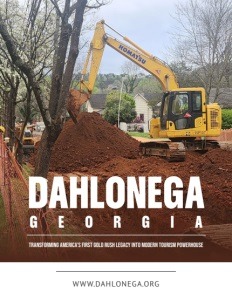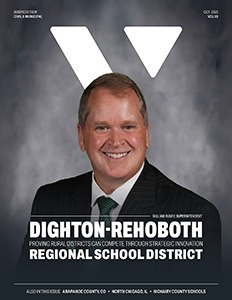Transforming America’s First Gold Rush Legacy into Modern Tourism Powerhouse
How a historic Georgia mountain town balances 8,200 college students, booming wine country tourism, and century-old infrastructure while planning for sustainable growth.
Long before California’s famous gold rush captured the nation’s imagination, a deer hunter named Benjamin Parks stumbled over a glittering rock in the Georgia mountains that would change American history. That 1828 discovery sparked the nation’s first major gold rush, drawing 15,000 prospectors to what would become Dahlonega, a Cherokee word meaning “yellow” or “gold.” Today, this mountain town an hour north of Atlanta has transformed its golden legacy into a thriving tourism economy that supports a unique blend of small-town charm and modern ambition.
“Dahlonega is, of course, a tourism-based economy,” says City Manager Allison Martin. “We’re a destination location and a desired place for people. They want an area they can live, work, and play in.” The community of 7,500 residents is nestled in the foothills of the Blue Ridge Mountains, offering visitors everything from gold panning adventures to award-winning wineries that have earned the region recognition as the Heart of Georgia Wine Country, with 12 tasting rooms and eight wineries producing wines from 100 acres of vineyards.
Martin points to the University of North Georgia as another key asset. “Our community is home to the University of North Georgia—the Senior Military College of Georgia—and Camp Frank D. Merrill, a ranger training school for the mountain phase of training.” The university, one of only six senior military colleges nationwide, hosts 8,200 students at its Dahlonega campus alone, more than the town’s 7,500 permanent residents, creating both opportunity and challenge for local leaders managing growth while preserving the area’s historic character and natural beauty.
Preserving History While Planning for Growth
Dahlonega’s success story begins with visionary preservation efforts that created the foundation for today’s thriving downtown. The historic square, anchored by the 1836 Lumpkin County Courthouse that now serves as the Gold Museum, represents one of Georgia’s oldest standing courthouse buildings. Built with locally made brick containing trace amounts of gold, the structure houses a complete collection of rare gold coins minted in Dahlonega’s U.S. Branch Mint, which operated from 1838 to 1861 and produced more than $6 million in gold.
“We continue to focus on preservation of our historic downtown area,” Martin explains. “We’re looking at the zoning update process that we’re finishing this December to examine the blocks that surround the square and how we can attract businesses or residential growth in those areas.” The Downtown Development Authority is simultaneously updating the downtown master plan, with projects planned for East Main Street and streetscapes leading into the downtown area.
Mayor JoAnne Taylor emphasizes the balance between preservation and modernization through recent infrastructure improvements. “We’ve just completed a project that was essentially infrastructure work, but it really helped set the scene in front of stores on the North Square. We had to remove large sycamore trees because their roots were girdled and dying, which was traumatic for our town.” The city reset the entire plaza, flattened problematic sidewalks, and replanted trees using methods that protect nearby century-old buildings from root damage.
“We’re trying to do public education as we do these things and help people realize trees don’t live forever,” Martin adds. “We are a tree city and it’s important for us to find ways to enhance our canopy for generations to enjoy.”
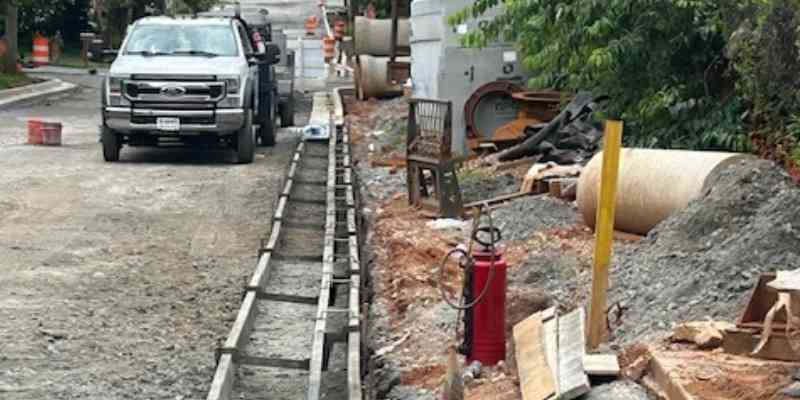
Gold Rush Heritage and Small-Town Charm
Dahlonega’s tourism appeal rests on a carefully preserved historic foundation that attracts visitors seeking authentic American history. “I think the biggest draw is the history and that it’s been preserved,” Mayor Taylor explains. “There was a leader in our community named Madeline Anthony who really championed preservation back in the day. Without her foresight, I don’t think we would be in as great shape as we are today.” Anthony’s efforts included getting overhead utilities buried around the square, which dramatically changed the visual appeal of the historic district, and preserving the old courthouse as the centerpiece of the downtown area.
The results speak for themselves in visitor reactions. “People just say, ‘I love Dahlonega,'” Mayor Taylor notes. “If they know where you’re from, they tell you a story about how they and their wife went there and the wife fell in love with it, and now they have to come back every year so she can go shopping there.” The combination of gold history, historic buildings, and the presence of the university creates multiple draws for different visitor segments, from families exploring American history to prospective students and their parents.
Martin highlights the town’s active Main Street program, which earned Dahlonega designation as a Georgia Exceptional Main Street city. “Our Downtown Development Authority offers facade grants and business improvement grants, and we’ve had interest in recent months for hotel space, meeting and conference facilities, restaurants, and small grocery stores trying to locate here.”
Hotels, Conferences, and Business Growth
Despite strong visitor demand, Dahlonega faces a critical infrastructure gap that limits its ability to capture larger tourism opportunities. The town currently lacks sufficient accommodation and meeting facilities to host the conferences and corporate events that frequently inquire about the destination.
“We do not currently have enough rooms in Dahlonega to meet the demand, and we’re often asked to host meetings or host conferences, and we don’t have one facility that can host a bulk of the attendees,” Martin acknowledges. The city hopes to see a hotel open soon, though not necessarily in the downtown core. “We would love to see a hotel in the next year to 18 months, perhaps not in the downtown area, but in some of the blocks around the downtown area to facilitate that.”
The missing piece is a conference hotel scaled appropriately for the community. “We don’t need a thousand-room facility,” Martin clarifies. “We need that scale to fit Dahlonega.” The market demand exists, but finding suitable properties or buildings remains challenging despite strong business interest in the area.
Mayor Taylor confirms that the essential infrastructure foundation is already in place to support expanded development. “We’ve done an excellent job of working on our infrastructure, meaning utilities,” she explains. “The power company has no problem; they’ve just upgraded their substation near here. We have wastewater infrastructure, stormwater, all available in these spaces that we’re focusing on.” The city operates a state-of-the-art water plant and has detailed capacity projections for future growth, ensuring that when the right hotel or conference facility proposal emerges, utility infrastructure won’t create delays or additional costs for developers.
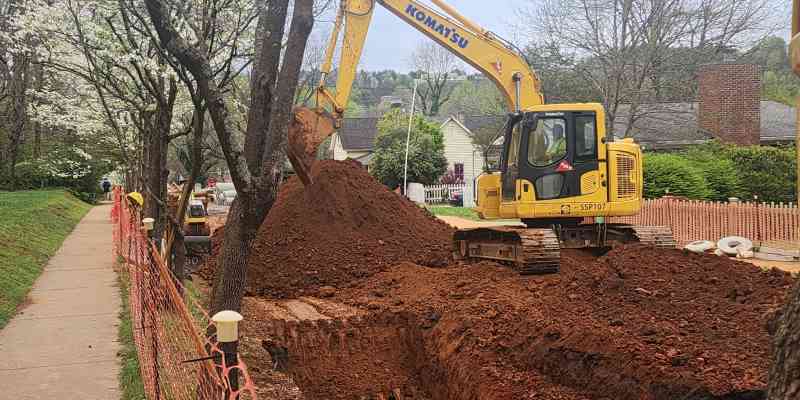
Balancing Students, Families, and Growth
Dahlonega faces a unique housing crisis that illustrates the complex dynamics of university towns. With 8,200 college students and only 7,500 permanent residents, the community grapples with housing pressures that go beyond typical supply and demand issues.
“We have a lot of pressure on our family neighborhoods where people have bought up houses and turned them into student housing; six kids in the house and too many cars,” Mayor Taylor explains. The University of North Georgia lacks sufficient dormitory space to house even a quarter of its students, creating ripple effects throughout residential areas. “This is kind of a systemic problem in the state of Georgia where they had too many dorm rooms in some communities and not enough in others, so they just put a moratorium on building dorms.”
The city is actively addressing these challenges through comprehensive zoning reforms and strategic development initiatives. “Our current code is from 1992, and one of the main drivers behind this zoning work is to make it easier for developers because our code is old and it’s hard to apply 2025 standards to 1992 code,” Mayor Taylor notes. Recent progress includes meetings with developers proposing mixed housing solutions, with Martin reporting interest in “a little over a hundred single-family homes and about a hundred townhomes.”
Martin emphasizes the broader strategic approach: “We’ve applied again to the Georgia Institute for Community Housing to get some technical assistance in how to facilitate development of authority-owned property or other properties that we might be able to procure and then create attainable or workforce housing to give people a start in our market.” The goal is to create housing options that serve working families rather than just students.
Building Tomorrow’s Foundation
Dahlonega’s infrastructure projects reveal the hidden complexity of modernizing a historic mountain town. Beneath the charming streetscapes lies a century-old utility system that requires careful replacement while preserving the character that attracts visitors and residents alike.
“We are replacing literally over a century-old infrastructure under one of our primary residential streets in our town,” Mayor Taylor explains. “If you can picture clay pipes for your wastewater that are over a hundred years old, that says it all.” The project affects a street lined with historic properties, creating engineering challenges that require balancing modern utility needs with preservation requirements.
Beyond underground utilities, the city is addressing pedestrian safety through major capital improvements. Mayor Taylor describes a unique challenge at the local reservoir: “We have a small reservoir here with a three-mile trail around it for outdoor recreation purposes. Unfortunately, one part of the trail goes over a regular traffic bridge where the speed limit is 35 going to 45.” The solution involves constructing a dedicated pedestrian bridge alongside the existing traffic bridge, completing the recreational loop while removing foot traffic from busy roadways.
Martin outlines the comprehensive planning approach driving these investments. “We’re completing a water-sewer master plan update; our master plan hasn’t been updated in 18 years,” she notes. The city is also conducting a community-wide transportation study with county partners and updating parking analyses for the downtown area. “We’re looking at how we facilitate the movement of vehicle traffic in and around the city, where those troubled pedestrian places are, and how we improve safety.” The goal is multifaceted: “I want to leave Dahlonega better than I found her because this is my hometown.”
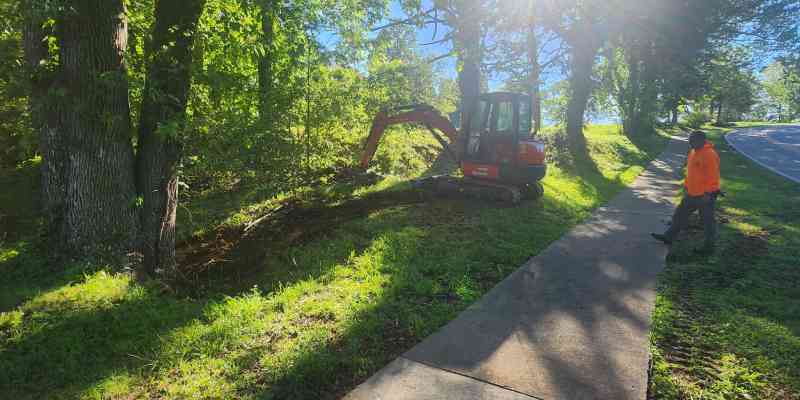
Priorities for the Next Two Years
“My priorities would be to complete the zoning update,” Mayor Taylor states. “I think that’s foundational to anything else we’re going to do.” The updated code will enable developers to work within modern standards while respecting the town’s historic character. Simultaneously, the city plans to complete major infrastructure projects already underway, including the century-old utility replacement and the Happy Hollow Road improvements where underground utilities require comprehensive updates rather than continued patching.
The pedestrian safety initiatives are another key focus area, with the reservoir bridge project the centerpiece of broader walkability improvements. “We’ll continue to build sidewalks, which is another really important thing,” Mayor Taylor explains. “We have more sidewalks that need to be upgraded going out towards East Main Street.” These projects support the town’s tourism economy by making downtown areas more accessible and appealing to visitors exploring on foot.
Martin emphasizes the importance of institutional planning beyond immediate projects. “We’re always keeping an eye on how we plan and set ourselves in a great position for the future,” including succession planning for critical operations like the wastewater treatment plant, where certified operators require years of training and experience.
As Dahlonega balances preservation with progress, its leaders demonstrate that small towns can maintain their unique character while preparing for sustainable growth. The city’s methodical approach to infrastructure, housing, and economic development exemplifies a model approach for historic communities facing similar pressures from tourism success and university partnerships.
AT A GLANCE
Who: Dahlonega, Georgia
What: Historic mountain town and tourism destination, home to University of North Georgia and site of America’s first major gold rush
Where: Lumpkin County, Georgia
Website: www.dahlonega.org
PREFERRED VENDORS

ACNS : www.andersonnetworks.com
For over 20 years, ACNS has supported Georgia’s governments and small businesses with dependable IT solutions. From cyber security and cloud services to VOIP and managed IT, we help communities thrive by keeping technology reliable and secure.
Visit our website or call 678-222-1750.
